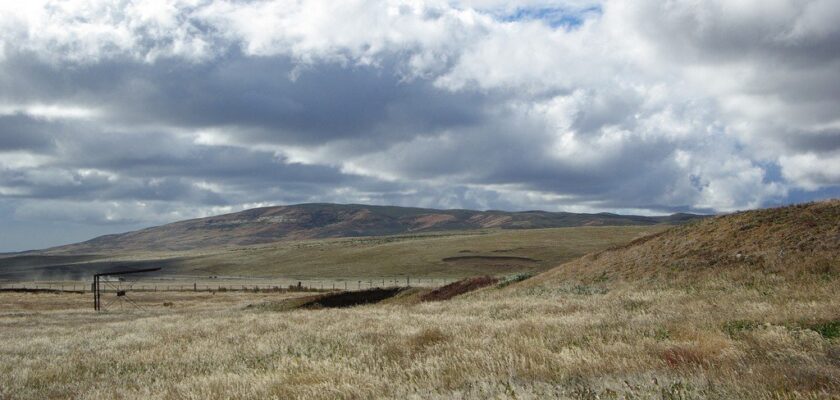Pampas
Pampas or Pampa is a steppe in southeastern South America, mostly in the subtropical belt, near the mouth of the Rio Plata. The pampas is bounded on the west by the Andes and on the east by the Atlantic Ocean. The Gran Chaco savanna extends to the north.
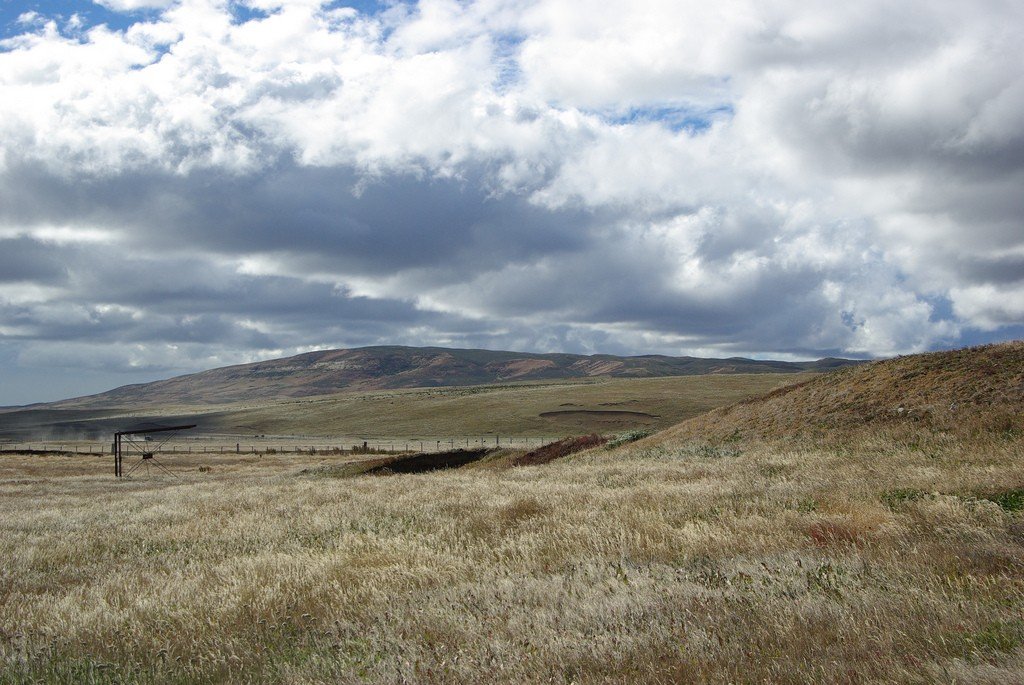
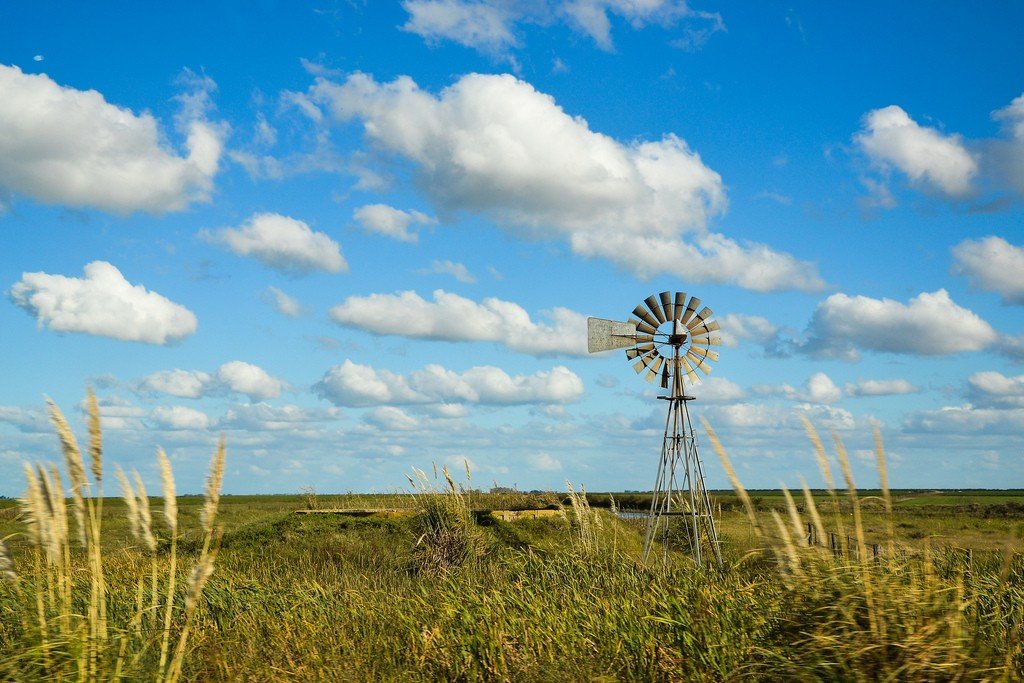
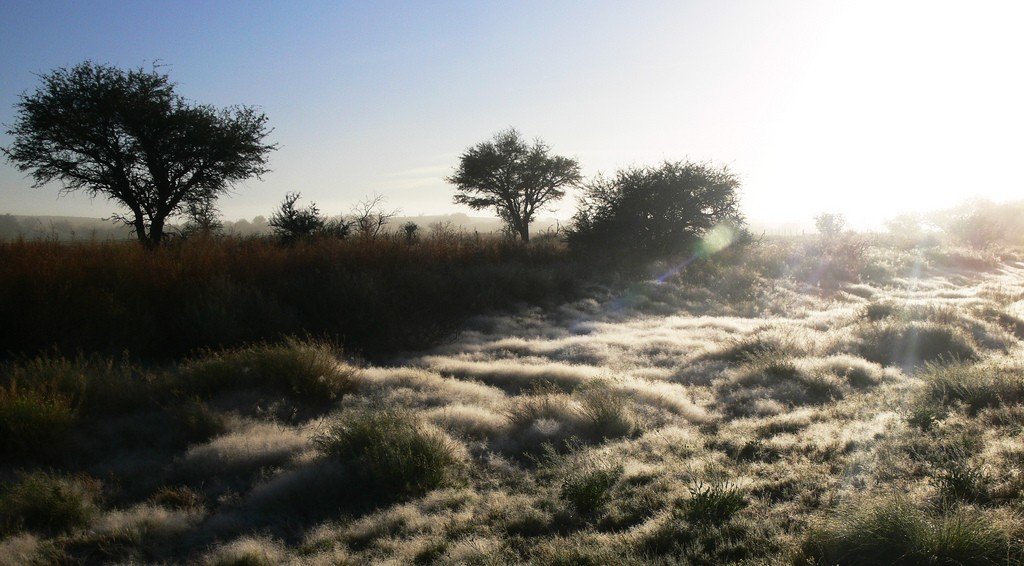
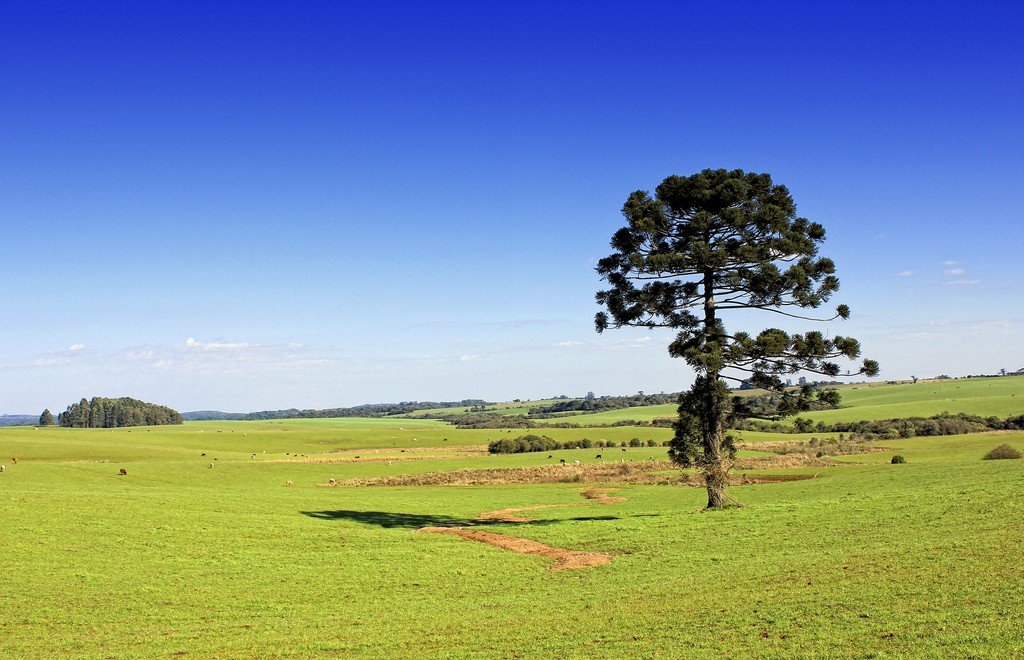
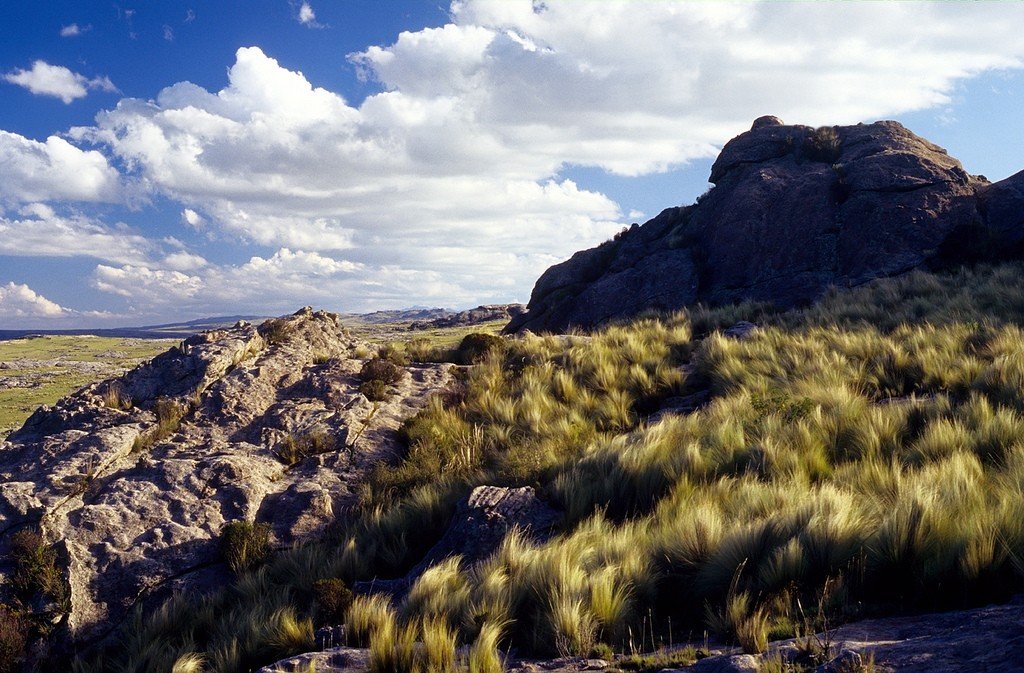
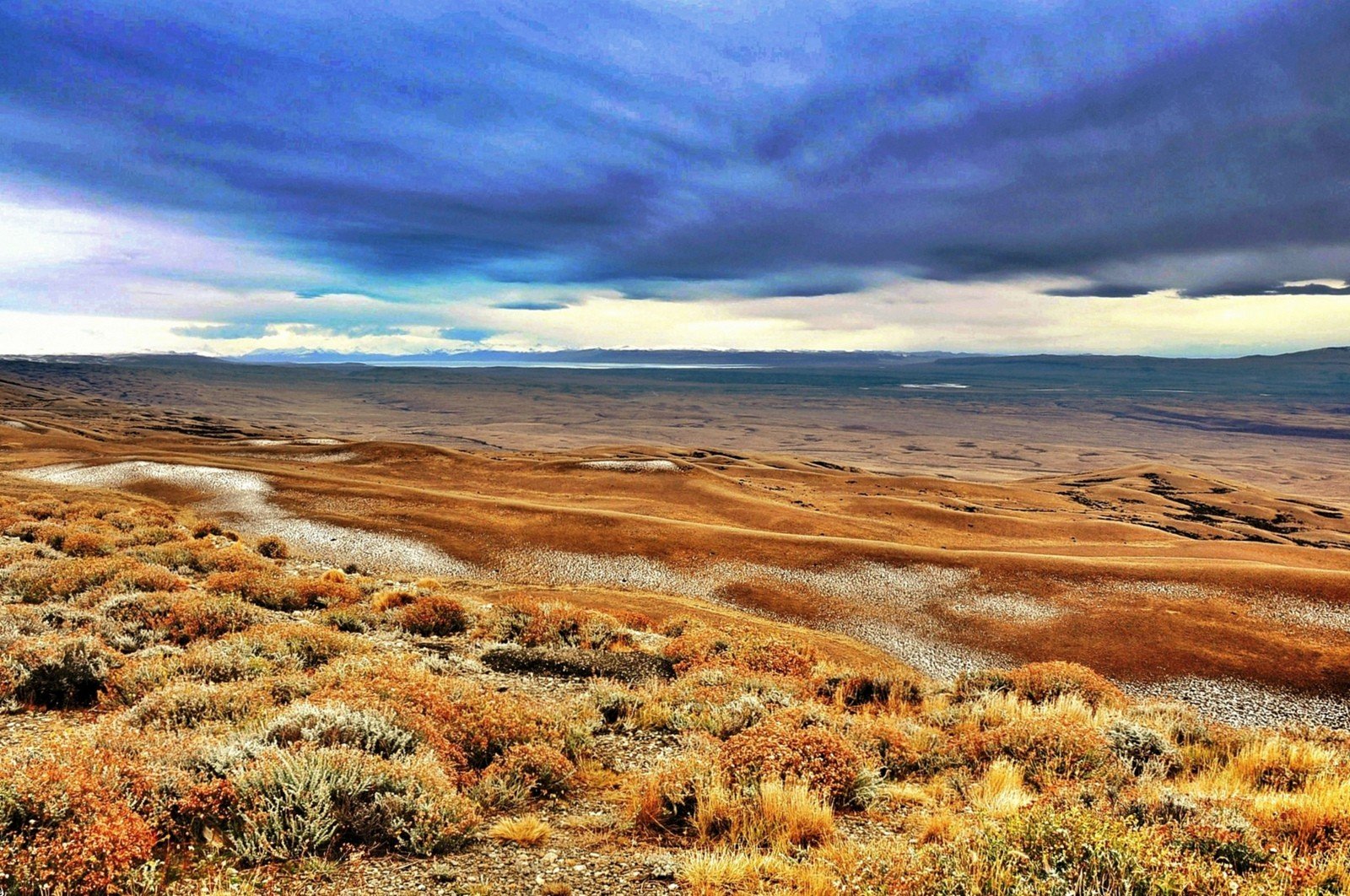
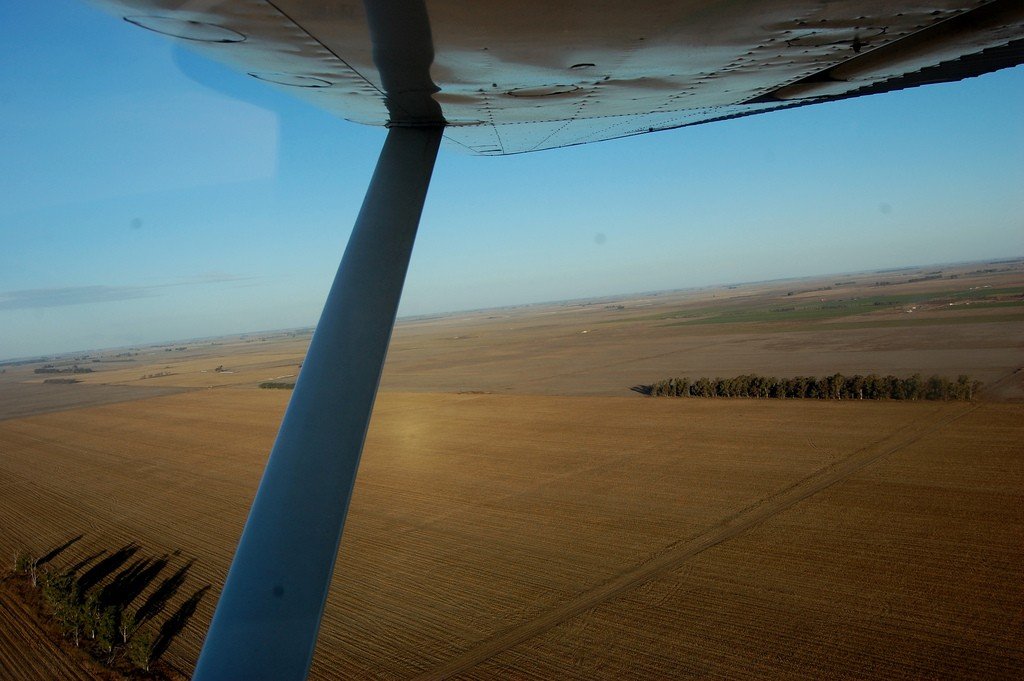
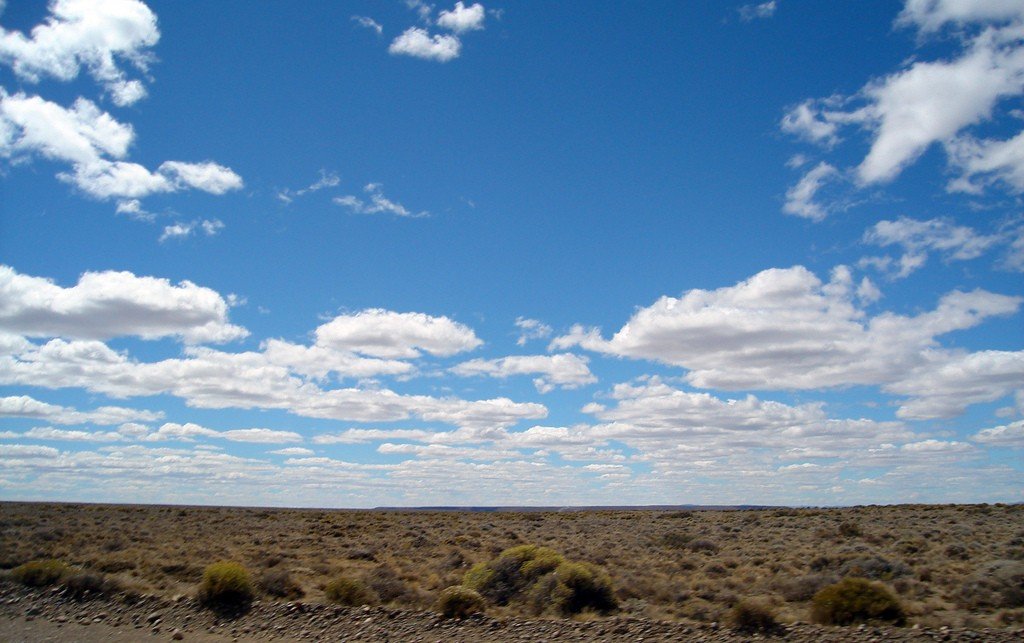
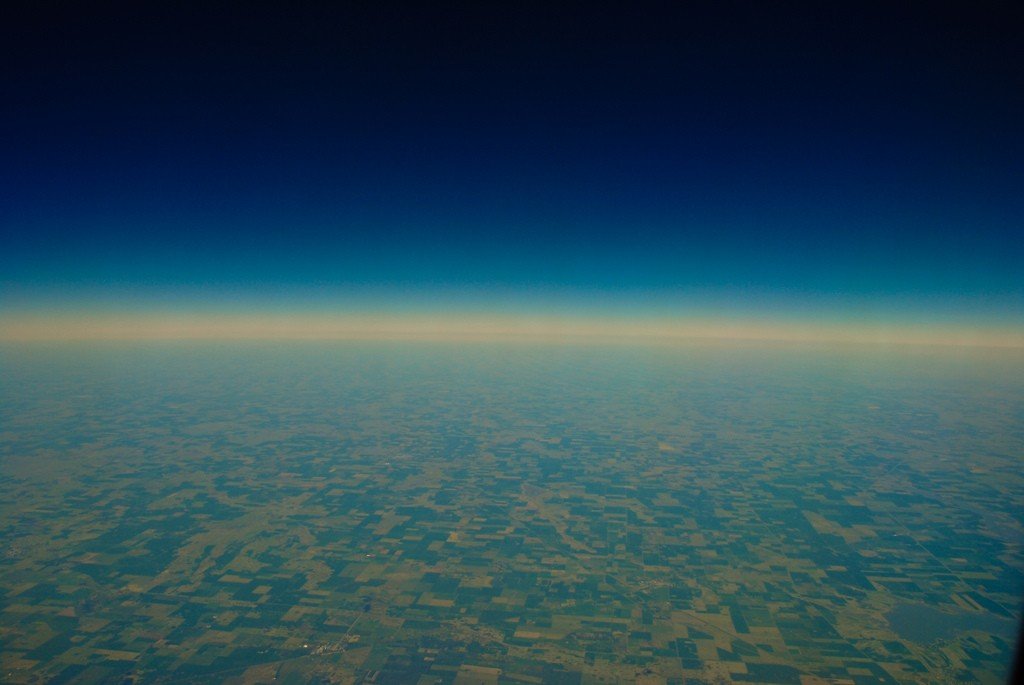
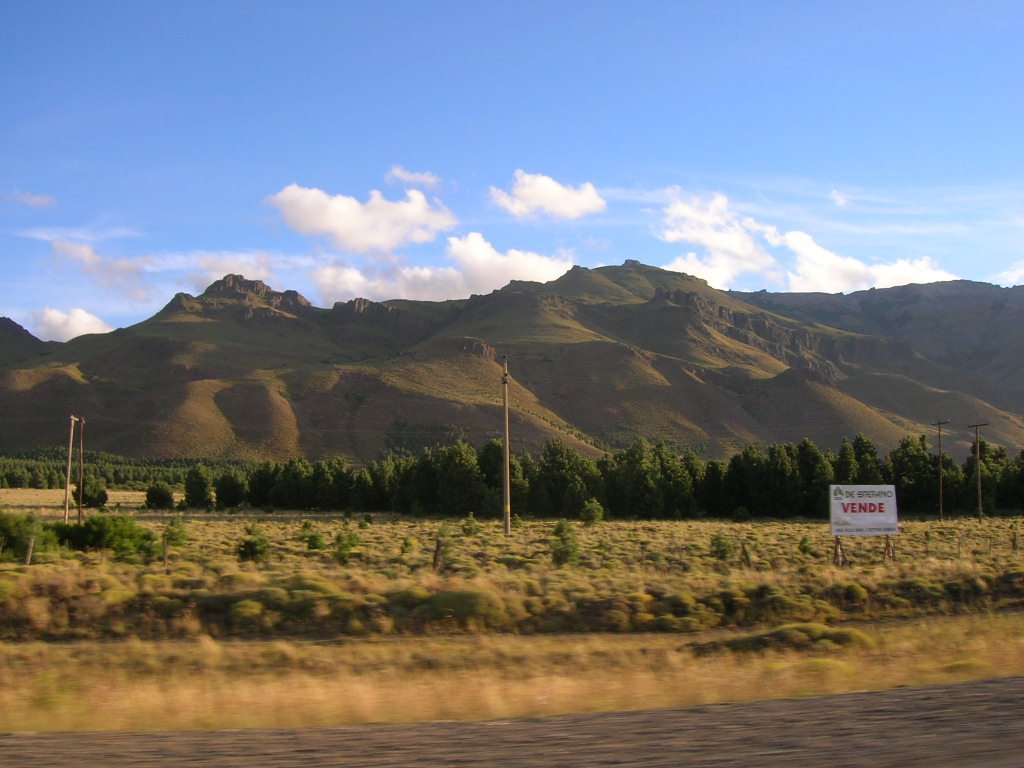
General information
The Pampas covers an area of 750,000 km². The states whose territory is affected by the pampas are Argentina, Uruguay and Brazil. The pampas is the main agricultural area of Argentina and is used mainly for cattle ranching.
.Vegetation
Pampas are herbaceous grasses on fertile reddish-black soils formed on volcanic rocks. They consist of South American species of those genera of cereals that are widespread in Europe in the temperate steppes (sagebrush, beardgrass, fescue).
The pampa is connected to the forests of the Brazilian highlands by a transitional type of vegetation close to the forest-steppe, where grasses are combined with thickets of evergreen shrubs. Pampa vegetation has been subjected to the most severe extermination and is now almost completely replaced by crops of wheat and other cultivated plants. When the herbaceous cover dies off, fertile gray-brown soils are formed.
.Animals
In the open steppe spaces, fast-running animals predominate – pampas deer, pampas cat, among birds – nandu ostrich. There are many rodents (nutria, vizcacha), as well as armadillos.
.
Climate
The Pampa becomes increasingly arid as it moves away from the Atlantic Ocean. The climate of the pampa is subtropical. In the east, the temperature differences between summer and winter are less significant, while in the west the climate is more continental.
